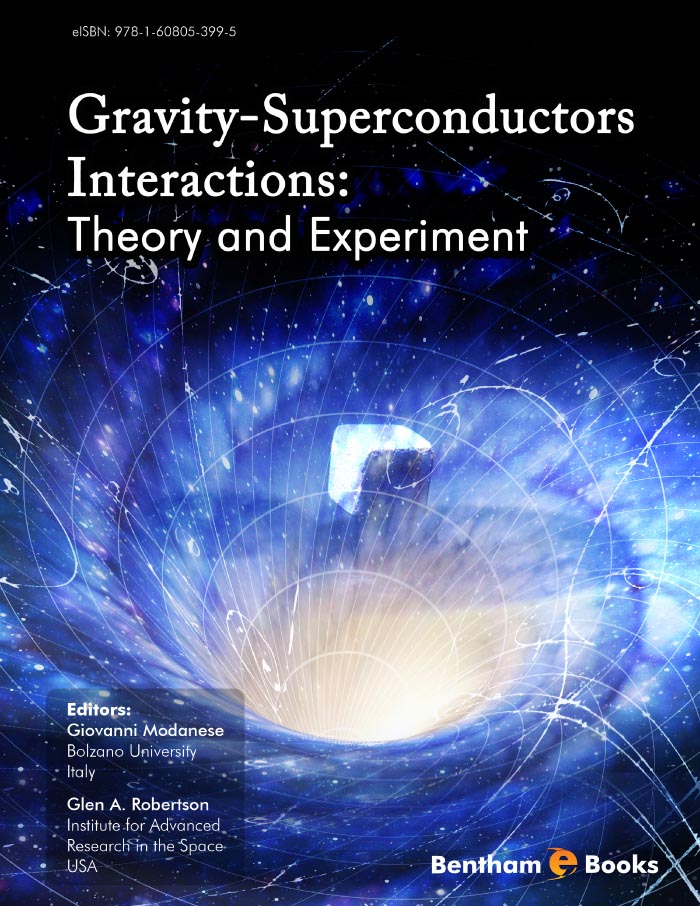Preface
Recent developments in this new subject are summarized by many of the researchers most directly involved. If gravitation has to be eventually reconciled with quantum mechanics, the macroscopic quantum character of superconductors might actually matter. Is it possible to generate gravity-like fields by condensed-matter systems, in conditions accessible in a laboratory? General Relativity and lowest-order Quantum Gravity predict in this case very small emission rates, so these phenomena can only become relevant if some strong quantum effect occurs. The novel experimental evidence of anomalous interactions between gravity and superconductors requires on one hand a pragmatic approach, for the verification of the effects and their detailed characterization in a model-independent way. On the other hand, this evidence is a challenge to our ability to develop creative ideas, new physical and formal concepts for their explanation, in an unknown territory placed between general relativity, quantum mechanics and new physics. A high level of multi-disciplinarity is needed, because the research spans here from superconductors (London equation, Ginzburg-Landau theory…) to gravitation (spacetime geometry, metrices, etc.) to quantum field theory and its formalism, to the techniques connected to field generation and detection.
This eBook is unique in its genre and represents a global novelty. It maintains a careful balance between different techniques and approaches. It will be of interest to researchers in General Relativity and gravitation theories, in field theory, in experimental gravitation, in low-temperature and high-temperature superconductivity and in more applied fields like telecommunications and propulsion technology. The subject is quite new (no more than 10-12 years) and there are presently no competitors to this eBook; it is the first attempt to put together several contributions on the subject for a broad audience. Most contributors have a direct experience in the field. R.C. Woods, G.A. Robertson, G. Hathaway, H. Reiss, E. Podkletnov and T. Junker have all run experimental trials. G. Fontana has published several works about high-frequency gravitational waves, and Ning Wu about gauge theories of gravity. R. Lewis is an experienced experimental particle physicist. G. Modanese has been studying quantum gravity for about 20 years, published in the main journals and has analysed several experiments in direct contact with the authors from 1995 onwards. J. Hauser and W. Droescher had a long exposure to B. Heim and his theory; they have extended it and have been closely following M. Tajmar's superconductor gravity experiments since their beginning.
G. Modanese
Free University of Bolzano
Faculty of Science and Technology
Bolzano University
Italy
G.A. Robertson
Institute for Advanced Research in the Space
Propulsion and Energy Sciences
USA

